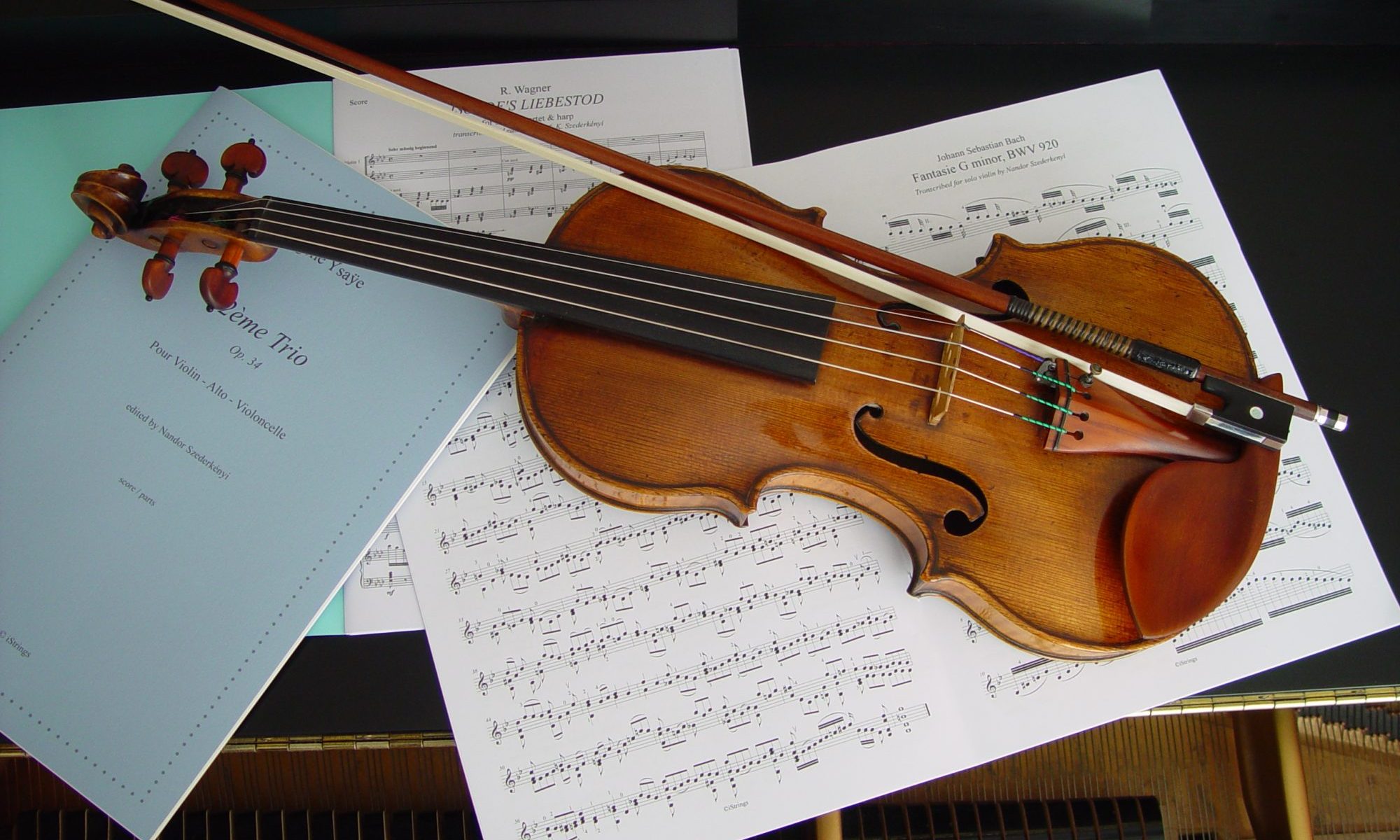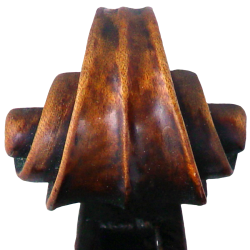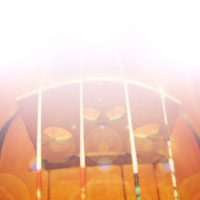Like every violin student, at least in Hungary, I also had to start learning the Bach Solo Sonatas/Partitas when I was quite young. There was not one day without at least a few minutes of Bach on the practicing list. It was like a daily prayer, actually really cleaning the brain, taking away all the problems of everyday life, showing the path to the pure, naked, simple joy of music. It was not easy to really “practice” Bach for me, often after couple of bars just feeling this magical power, it forced me to play and play without stopping for corrections.
Growing up without access to the first stereo good quality LP’s straight from the record companies, we could listen at least via radio broadcast to the recordings of great violinists of our times, the 60’s, 70’s. If someone was able to get hold of an LP, that went around the circle of friends, so we could make cassette recordings of it, to be able to listen to them at any time. Unfortunately, I didn’t have an LP player, so I looked up the broadcast programs every week, and picked the best music I wanted to listen to, of course mostly late evenings when I had the time for that. At one point, I got an LP player chassis, not knowing that I need an amplifier and speakers too, well, I was just putting my ears very close to the pickup and so could hear it like in an old phone booth, holding the phone at a similar distance to the ear!
The first Bach recordings were on the way, we hardly knew the names because they didn’t come to Hungary to play, however two names, Szeryng and Milstein we learned very quickly. I don’t think Milstein ever came to Hungary, but Szeryng did, it was the greatest experience every time. Especially when he came to the encores, we hoped he would include a Bach movement also.
Much later, I had the chance to listen to Milstein live, in Germany. He played only Bach!
The tendency of having a “mandatory list of recordings” for a young violinist (or any other musician in fact) these days is a bit disappointing to me, having uncounted series also of the Bach solo works, played by more or less known superb violinists with 200% technical perfection, absolutely flawless; somehow so overwhelming that I am not sure any more what or who am I listening to. It used to be so wonderful to try to guess who the player was, by sound, style, character, interpretation, etc.
Actually, I am not sure any more where are we going today. The repertoire of a violinist has all the major concertos, the Bachs, some virtuoso works and maybe a few contemporary works to hide in their programs. Same with orchestras, the concert programs are full of repeated works, and unfortunately there is hardly any contemporary music that is able to survive this mass of “standard” literature.
Anyway, as we made the Bach Chromatische Fantasie and Fugue to work for both, violin and harp, I had the urge to make more like that. I looked through the keyboard works of Bach and picked all that were suitable for transcription. And again I had to realize that Bach was simply the greatest of all! His music is never the same, he has always something more to say, he is showing the way one has to go in his music, we just have to be able to understand and then we have an endless world of musical joy.
To make the transcriptions was not difficult. Perhaps that is the proof of that these works are just as well fit for the violin too. After all, Bach himself made transcriptions of his works as well as those of other composers. I really loved the challenge of having to deal with some new kind of technical achievements, some unusual chords and chord settings, runs also in a bit more unusual way, so I was figuring out the most suitable fingering also and all the notation is completely prepared that way. Back to Szeryng for another moment, his Bach edition of the Solo Sonatas/Patritas is full of “unusual” fingerings and even bowings, at first attempt even strange, but definitely working well, sometimes even tricky, to work around some of the old type of traditional way of doing it.
These Bach keyboard works for solo violin are made for enlarging the Bach-solo violin literature, to make it possible to have a bit more of a choice when programming recitals.


